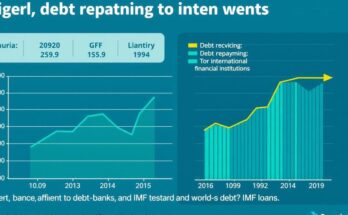Caixa Seguridade completed a secondary share offering totaling 1.22 billion reais ($216 million), priced at 14.75 reais per share, representing a 5.5% discount. The sale included 82.38 million common shares and was managed by major financial institutions. This was the first share offering in Brazil since October, indicating a potential revival in market activity.
Caixa Seguridade, a Brazilian insurance company, successfully conducted a secondary share offering priced at 14.75 reais per share, amounting to approximately 1.22 billion reais (or $216 million). This announcement was made public through a securities filing on Thursday. The offering, executed by Caixa Economica Federal, the state-run controlling shareholder, reflected a 5.5% discount from the company’s closing price on the previous Wednesday.
The transaction involved the sale of 82.38 million common shares and was orchestrated by a consortium of financial institutions, including Itau BBA, Caixa, BTG Pactual, Bank of America, and UBS BB. Earlier this month, Caixa Seguridade had requested regulatory approval to proceed with the offering, following an authorization from its controlling body late in 2024 after extensive assessments.
This event is notable as it marks the first share offering in Brazil since October, following a period of investor wariness characterized by elevated interest rates. The last significant offering was from energy company Eneva, which raised 3.2 billion reais in a primary offering. Valor Economico, a local financial newspaper, first disclosed the share pricing on Wednesday.
In conclusion, Caixa Seguridade’s recent secondary share offering of 1.22 billion reais reflects both the interest of state-run Caixa Economica Federal in maintaining a strong equity position and the cautiously returning appetite for new offerings in Brazil’s financial markets. This offering not only highlights the challenges of high-interest rates affecting market activity but also marks a significant event in the investment landscape after a prolonged period of stagnation.
Original Source: www.insurancejournal.com




